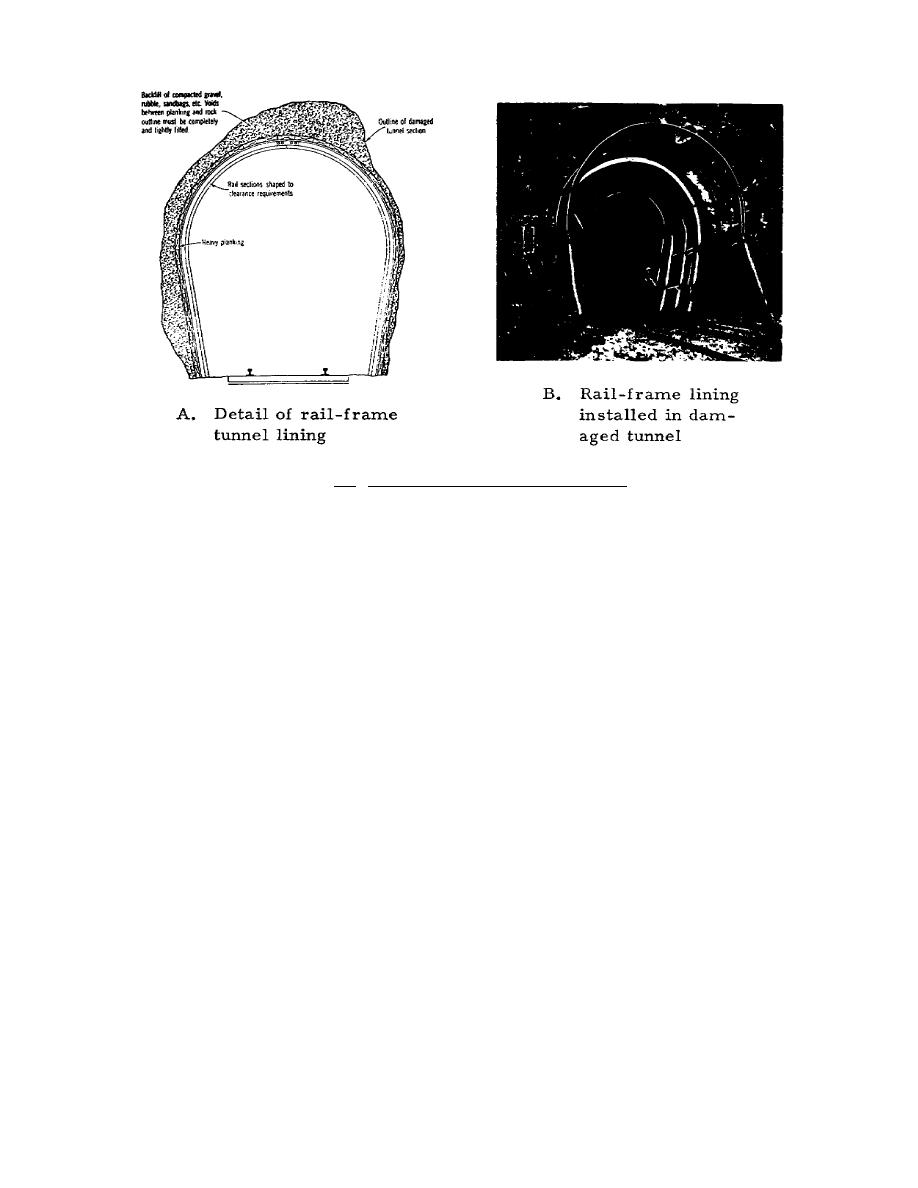
Figure 5.4. Temporary Repair of Damaged Tunnel.
plants; water, power, and signal lines; piers, tunnels, and bridges; and other key spots along the track. In general,
specially trained demolition crews are available for this work, but maintenance-of-way men may be required to
assist them. On occasion, rail operating and track maintenance men may have to advise the crews as to the best
points in the area to be demolished.
Rail, switches, frogs, and turnouts may easily be destroyed with small amounts of explosives in the hands
of a few men. A detail of eight, for example, can do a hasty but effective job by placing 1-pound primed charges
against the web of the rails on every other connection between rails on both tracks for several hundred yards, and
then tamping the charges with sandbags. While tamping is not necessary to break the rails, it assures destruction
of a longer portion of each section. The fuses are lighted by the last two men of the detail who follow about 250
yards behind the work car. This procedure should be repeated at intervals of 1 1/2 miles (2 1/2 km) to cause
serious delay in track repair. About 20 pounds of explosives are needed for this spot destruction, as it is called,
for an estimated 500 feet of single track. A frog may be destroyed by placing an explosive charge at the throat;
switch points may be broken by discharging explosives at the points. By consistently destroying either the right-
or left-hand points, both time and explosives can be saved. Turnouts may be mined, and switch and interlocking
levers may be set with booby traps. Figure 5.5 shows the charge location for
119


 Previous Page
Previous Page
